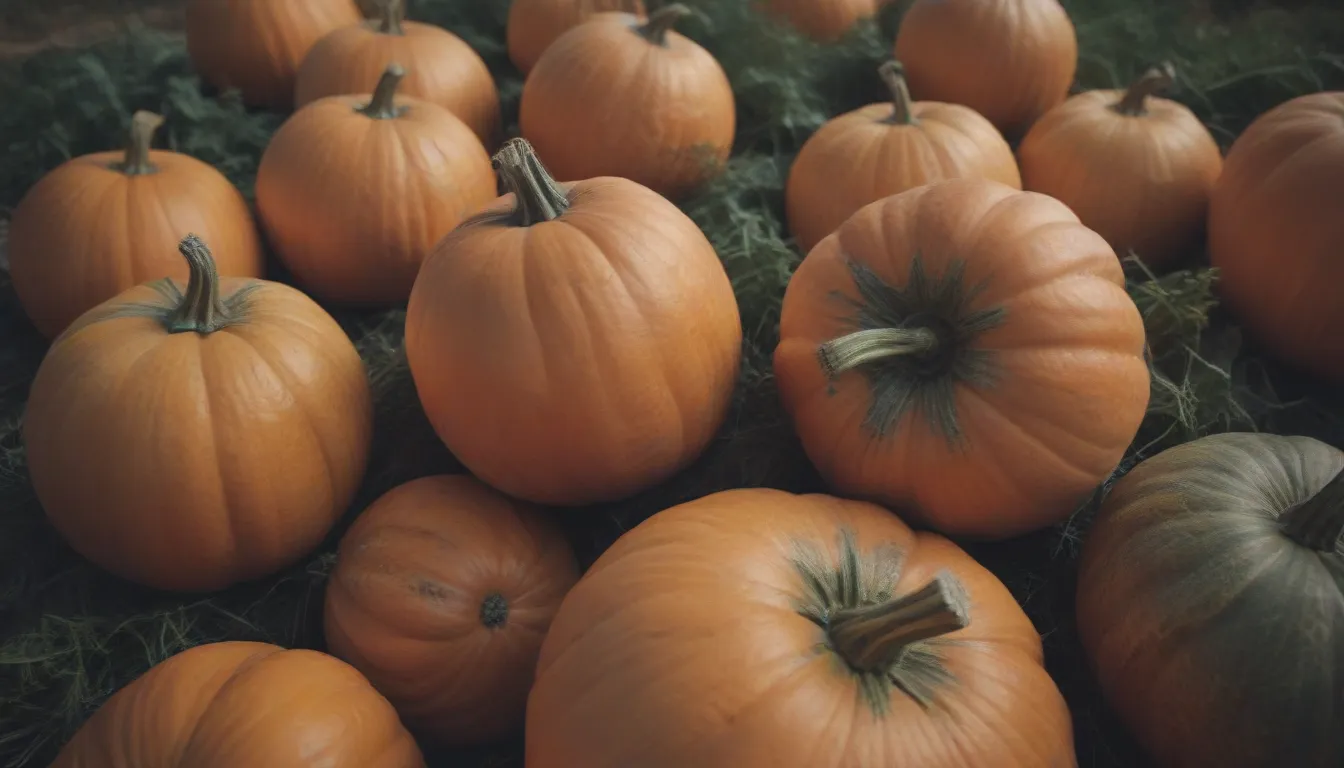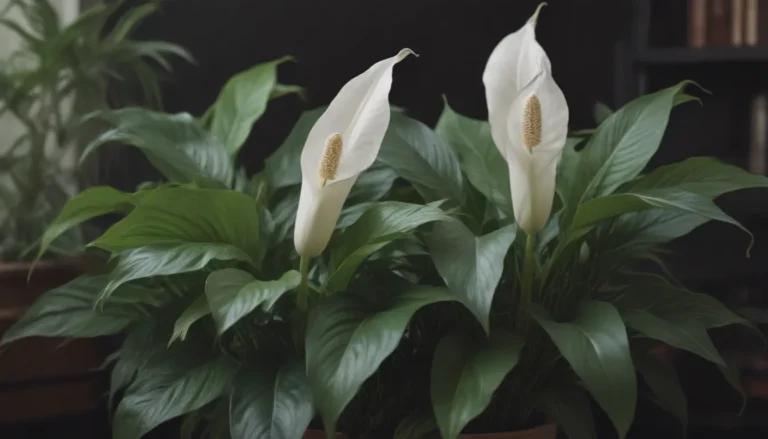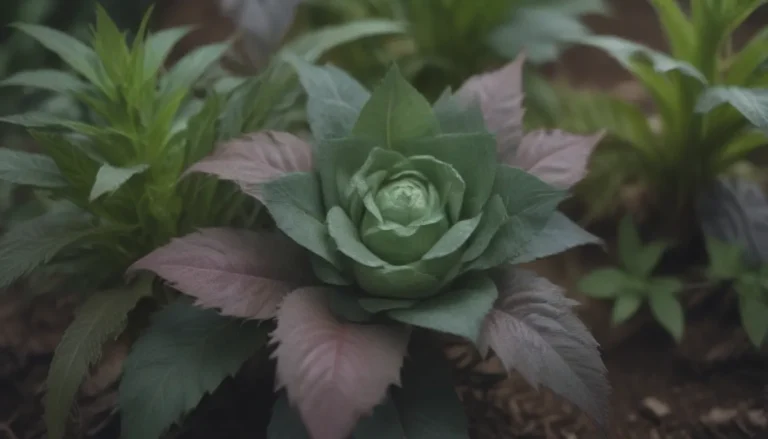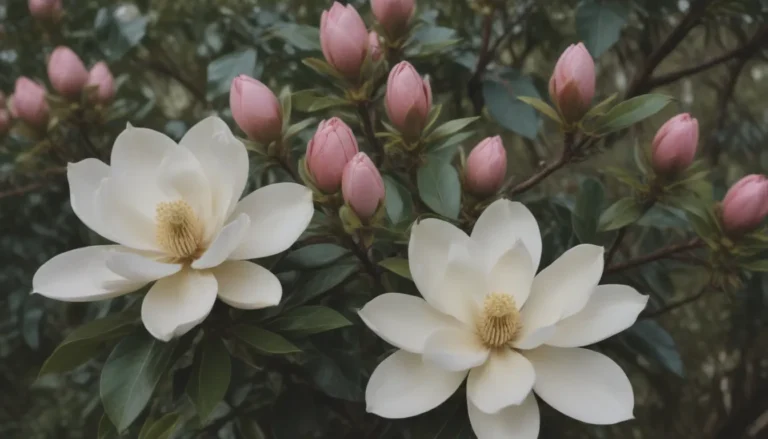The Ultimate Guide to Successfully Growing Pumpkins From Seed

Are you looking to add a touch of autumn charm to your garden or maybe you want to whip up some delicious pumpkin pie from scratch? Growing pumpkins from seed can be a rewarding experience, and with the right knowledge and care, you can have bountiful harvests of this versatile vegetable. In this comprehensive guide, we will walk you through everything you need to know to grow pumpkins successfully from seed.
Before You Begin: Planning and Preparation
Before you start planting your pumpkin seeds, there are a few key things to consider to ensure a successful growing season:
- Space Requirements: Pumpkins need plenty of space to sprawl and spread their vines. Make sure you have enough room for hills of soil, typically 4 to 8 feet apart.
- Seed Starting: You have the option of starting your seeds indoors in potting mix and transferring seedlings to the garden once they are two inches high. This can give your pumpkins a head start on the growing season.
- Timing: Wait until after the last frost date in your area to plant your pumpkin seeds outdoors. Check the seed packet for specific information on planting and harvesting times.
Choosing the Right Pumpkin Varieties
The type of pumpkin you choose to grow will depend on your intended use. Here are some common pumpkin varieties and their uses:
- Miniature Pumpkins: Perfect for seasonal decor, Halloween, and Thanksgiving displays.
- Cooking and Baking Pumpkins: Varieties like cheese pumpkins or sugar pumpkins are great for cooking and baking.
- Decorative Pumpkins: Some larger pumpkins, like the ‘Rouge Vif d’Étampes’ or Cinderella pumpkin, are both decorative and functional in the kitchen.
- Colorful Varieties: Pumpkins come in a range of colors, from white to yellow to orange to red to green. Experiment with different varieties to add visual interest to your garden.
Prepare the Soil and Planting Area
Pumpkins thrive in rich, well-drained soil. Here are some tips for preparing your planting area:
- Amend the Soil: Enrich your garden soil with compost, aged manure, or other organic amendments to improve drainage and provide essential nutrients.
- Planting Space: Pumpkins need plenty of room to spread out. Clear the area of weeds and debris to give your seeds the best start.
- Pollination: Pumpkins benefit from pollination by bees and other pollinators. Planting flowers that attract bees near your pumpkins can help ensure pollination.
Planting and Caring for Pumpkin Seeds
Once you have prepared your soil and planting area, it’s time to plant your pumpkin seeds and provide them with the care they need to thrive:
- Planting Seeds: Create hills of soil and plant 4 to 5 seeds in a circle, 6 inches apart and 1 inch deep. Water daily and watch for sprouts in a few days.
- Thinning Seedlings: When seedlings are 3 to 4 inches tall, thin them out to give them space to grow. Leave at least 18 inches between plants, or more for larger pumpkins.
- Watering: Pumpkins need plenty of water, about an inch per week. Water deeply in the morning and/or evening, especially in hot weather.
- Mulching: Mulch around your pumpkin plants with straw to help retain moisture, control weeds, and deter pests.
- Pruning Vines: As your pumpkins grow, prune off extra vines and leaves to focus energy on fruit production. Turn pumpkins regularly to promote even growth and coloring.
- Pest Control: Keep an eye out for squash bugs and other pests that can damage your pumpkin plants. Handpick insects or use organic pest control methods to protect your crop.
Harvesting and Enjoying Your Pumpkins
When your pumpkins are ready to harvest, follow these tips to ensure a successful harvest:
- Check for Ripeness: Gently thump the side of the pumpkin. A hollow sound indicates that the pumpkin is ready to harvest.
- Harvesting: Snip the stem from the vine, leaving enough to carry the pumpkin. Store your pumpkins flat in a cool, dry place until you’re ready to use them.
- Storage: Pumpkins can be stored for several months in a cool, dry place. Use them for cooking, baking, or seasonal decor.
By following these tips and guidelines, you can grow pumpkins from seed successfully and enjoy a bountiful harvest of this versatile and delicious vegetable. Whether you’re a seasoned gardener or a beginner, growing pumpkins can be a fun and rewarding experience. Happy planting!





